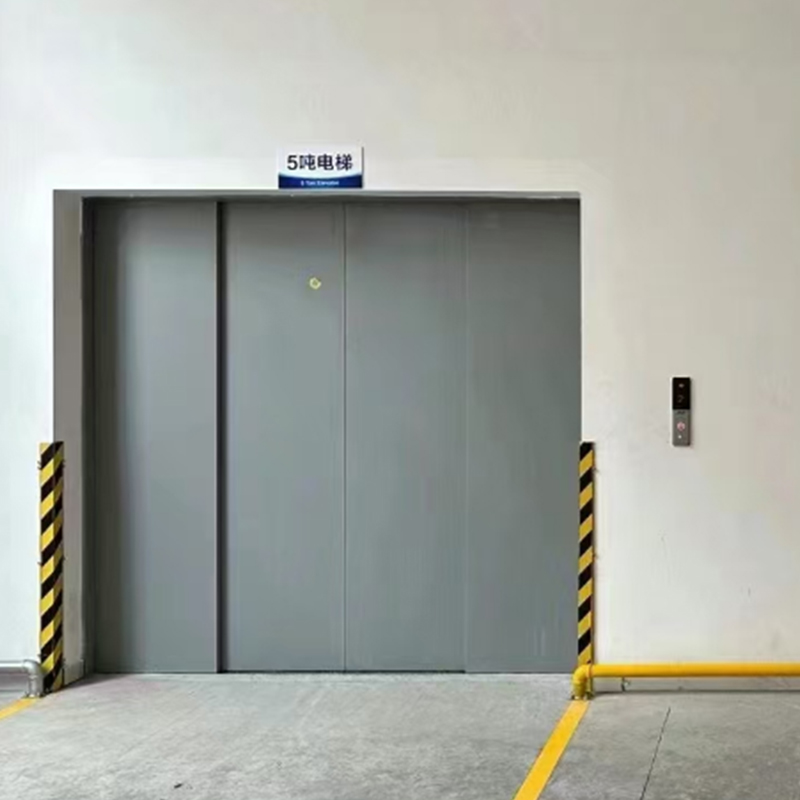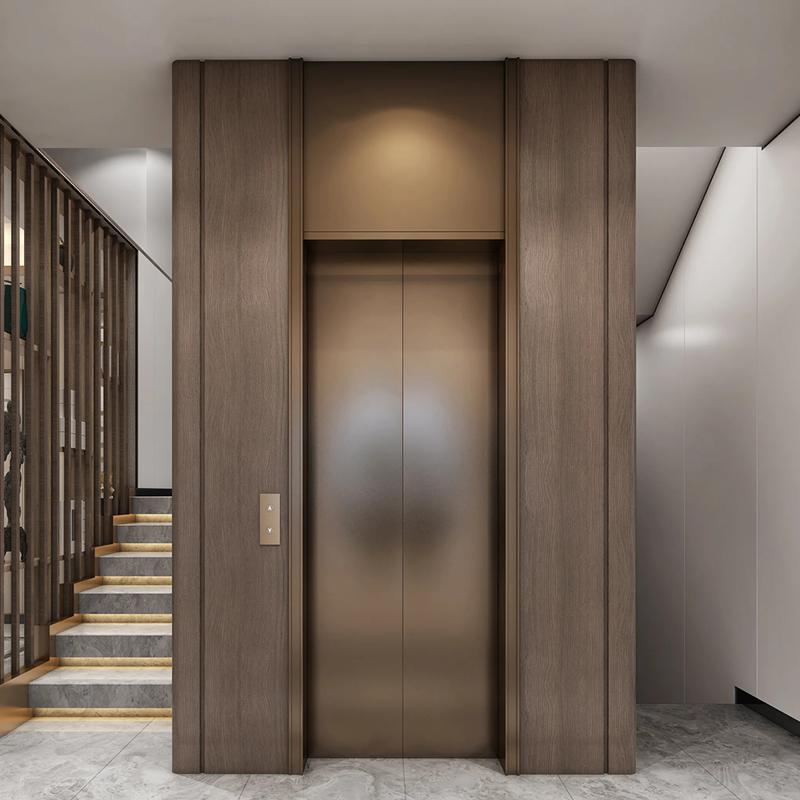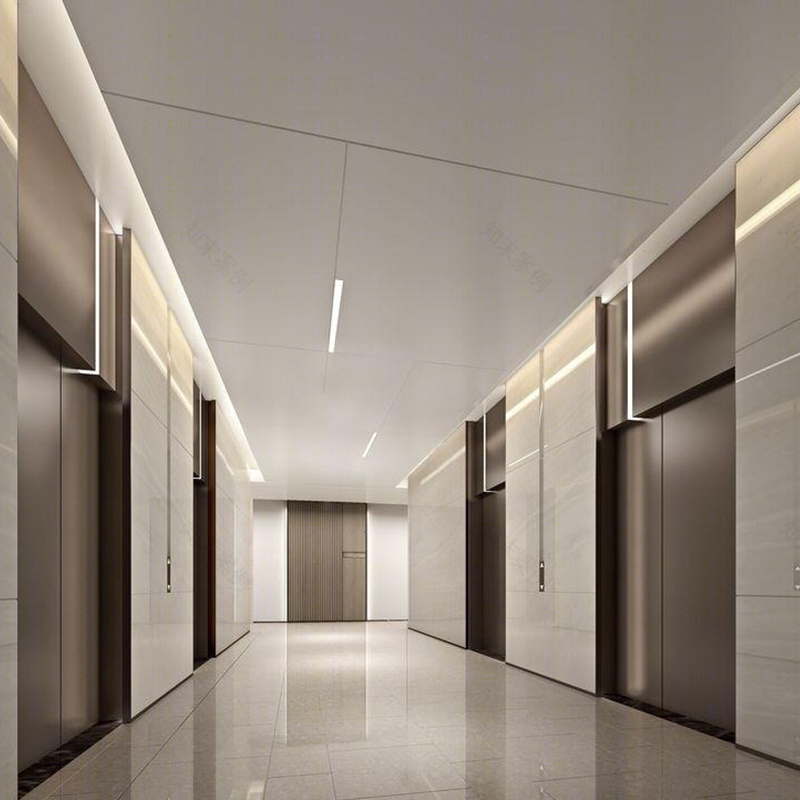
How to Choose the Right Custom Commercial Freight Elevator for You?
Posted by Admin | 09 Oct
In today's modern commercial and industrial environments, efficient vertical logistics are a critical factor in ensuring smooth operations. A high-performance commercial freight elevator not only significantly saves on labor and time costs but also enhances overall work efficiency. However, when faced with a vast array of products on the market, making an informed choice and finding the most suitable customized solution for your needs becomes a crucial task for many businesses.
Load Capacity and Dimensions: Core Considerations for a Perfect Match
Analyzing Your Specific Needs
When evaluating a commercial freight elevator, the first step is to thoroughly analyze your actual cargo transportation needs. This goes beyond simply calculating the weight of the goods; it involves a comprehensive assessment of their volume, shape, and the daily transportation frequency. An overloaded elevator will accelerate component wear and increase safety risks, while one with excessive capacity represents an unnecessary investment. Therefore, accurately estimating your maximum load capacity requirement is an essential first step. Additionally, the elevator car size and door opening width must be compatible with your cargo dimensions and handling tools like forklifts or hand trucks. You also need to carefully measure and assess the hoistway space within your building to ensure the selected elevator fits perfectly with the existing or planned structural layout, avoiding extra modification costs and project delays due to dimensional incompatibility.
Core Technology: The Inner Secrets of Traction Power
Understanding Traction and Modern Innovations
The traction freight elevator operates by utilizing the friction between steel ropes and a traction sheave to lift and lower the car. This technology has become quite mature in the elevator industry. Its core power source is the traction machine. When the machine rotates and drives the sheave, the car and counterweight smoothly move up and down along their respective guide rails. Most modern traction freight elevators use a gearless permanent magnet synchronous motor. This technology eliminates the traditional gearbox, which not only significantly reduces energy consumption and noise but is also highly favored for its efficient torque output and precise speed control. Concurrently, the application of variable frequency drive (VFD) technology makes the elevator's starting, acceleration, and deceleration processes smoother, reducing the impact on the power grid. It can also automatically adjust the running speed based on the load, ensuring efficient and stable cargo transportation.
Safety and Reliability: A Non-Negotiable Standard
Multi-Layered Protection for Peace of Mind
In any vertical transportation system, safety is the top priority. The same holds true for commercial freight elevators. A robust freight elevator should be equipped with multiple safety protection mechanisms to handle various potential risks. For instance, a safety clamp is an indispensable safety device that, upon detecting the car descending at an overspeed, will immediately activate and grip the guide rails to prevent it from falling. Furthermore, buffers, speed governors, and door interlocks all form a strong safety barrier. An intelligent control system is also crucial; it contains multiple safety circuits that can monitor the elevator's operational status in real-time and react instantly to any anomalies, ensuring the elevator runs safely and reliably. To guarantee long-term reliability, regular professional maintenance and upkeep are essential. This not only extends the equipment's lifespan but also helps to discover and resolve potential issues in a timely manner, preventing problems before they occur.
Energy Efficiency and Environmental Friendliness: The Convergence of Economic Benefits and Social Responsibility
Sustainable Solutions for a Greener Future
As global attention to sustainable development grows, choosing an energy-efficient and environmentally friendly freight elevator has become a smart move for businesses. Traction elevators, due to their inherent technical characteristics, have a significant advantage in energy consumption compared to other types like hydraulic elevators. The new generation of gearless permanent magnet synchronous motors takes this advantage to the next level by eliminating the gearbox, which is a major source of energy loss, thereby dramatically increasing energy utilization. Additionally, through an intelligent control system, the elevator can achieve an automatic shutdown function, entering a low-power standby mode during non-working hours to further reduce energy consumption. These advanced energy-saving technologies not only save businesses considerable operational costs but also demonstrate the company's commitment to environmental protection, helping to build a positive social image.
Applications and Customization: Meeting Diverse and Unique Needs
Tailoring Solutions for Specific Environments
From busy factory production lines and towering high-bay warehouses to bustling shopping centers and orderly libraries, the demands for freight elevators vary greatly from one location to another. A customized solution can perfectly match these unique application scenarios. For example, a warehouse might require an extremely high load capacity and a spacious car to accommodate large pallets, while a shopping center might prioritize smooth operation and quiet performance to avoid disturbing customers. By communicating closely with a supplier, a business can customize parameters such as the elevator's load capacity, dimensions, door opening type, and materials. They can even select specialized protective measures for specific environments like high humidity or explosion-proof requirements. This bespoke service ensures that every freight elevator maximizes its efficiency, becoming an indispensable and powerful assistant for a business's efficient operations.

-
 Founding Road, Qidu Linhu Economic Zone, Wujiang City, Jiangsu Province, China
Founding Road, Qidu Linhu Economic Zone, Wujiang City, Jiangsu Province, China
-
 [email protected]
[email protected]
-
 +86 17701557926/+86 0512-63818375
+86 17701557926/+86 0512-63818375


 En
En English
English русский
русский Español
Español عربى
عربى




